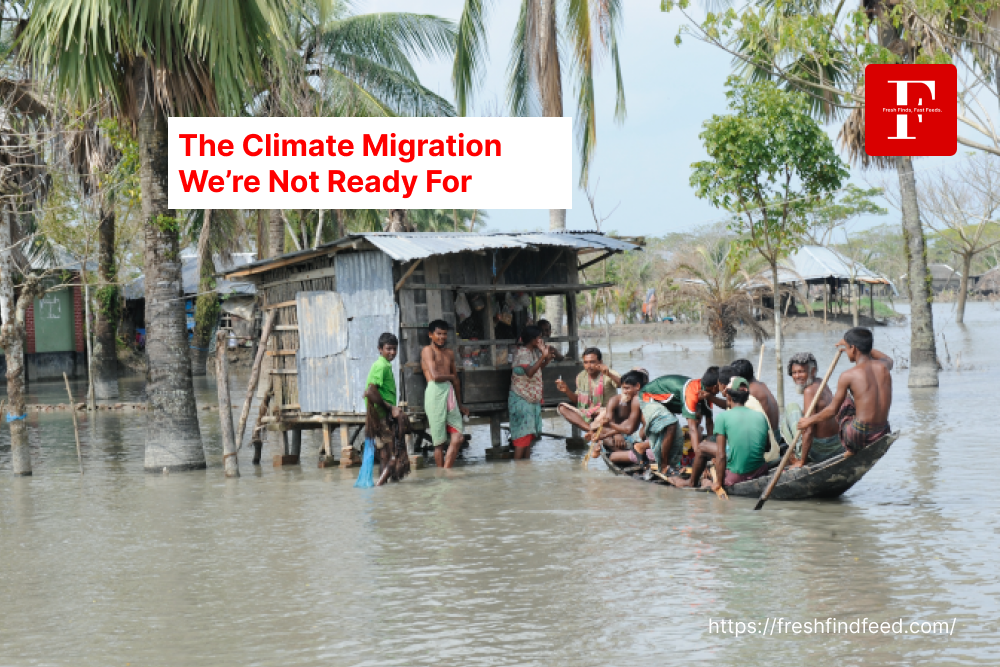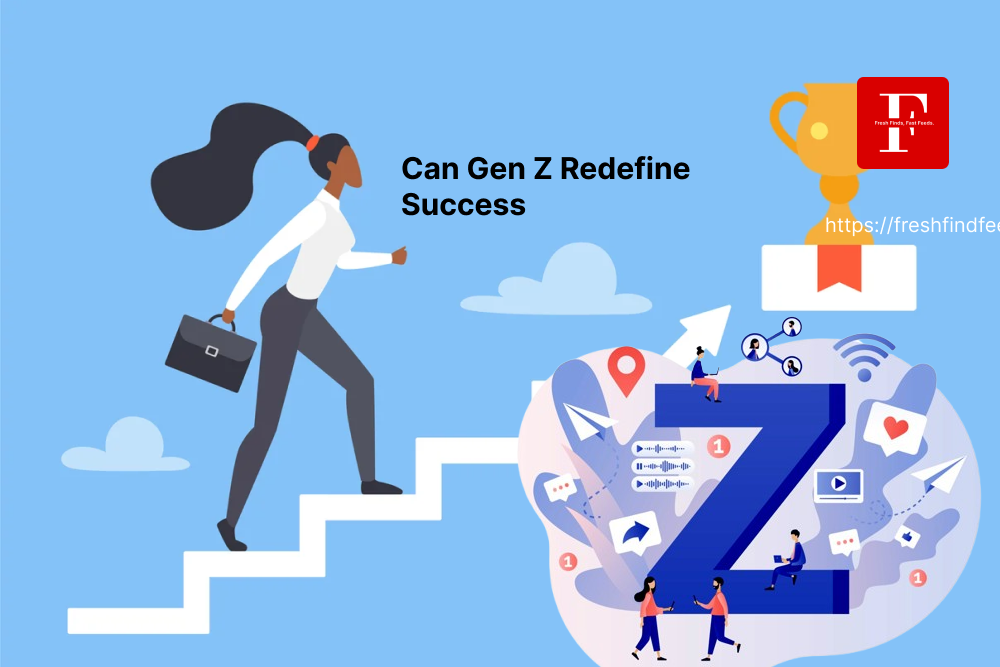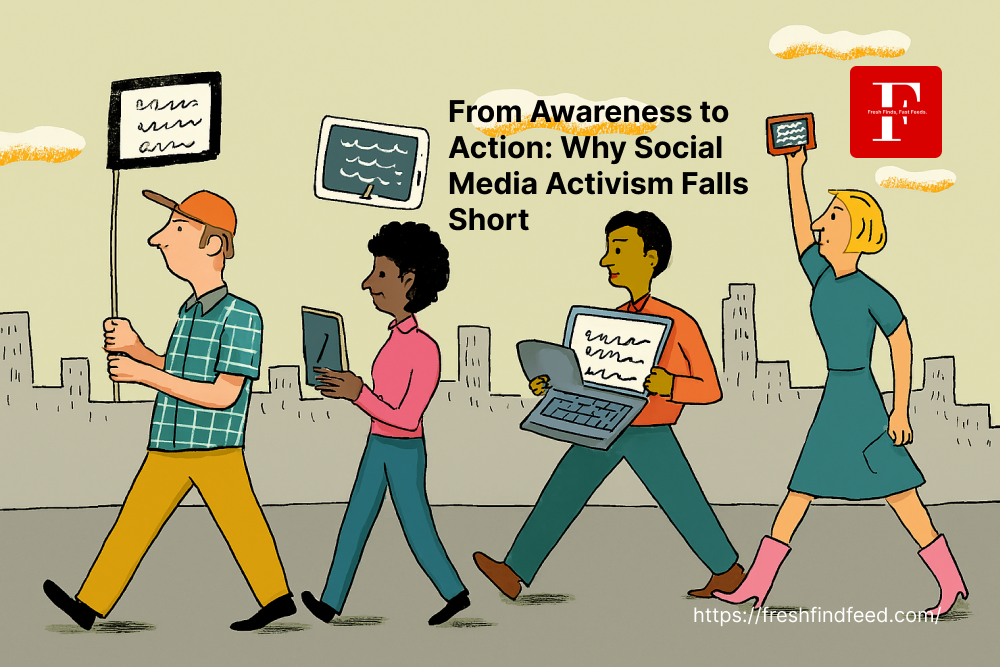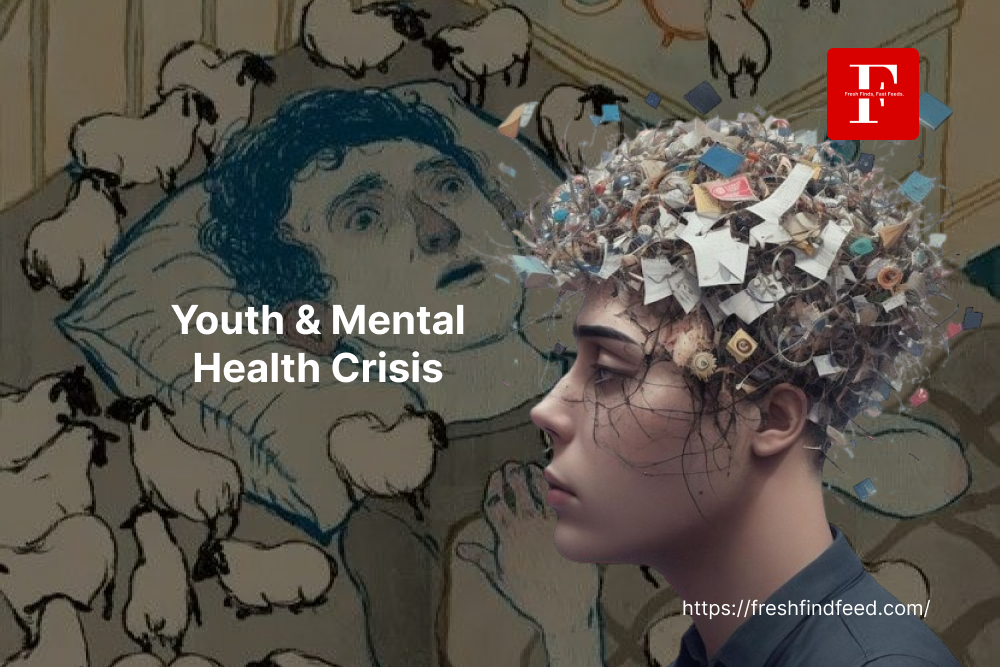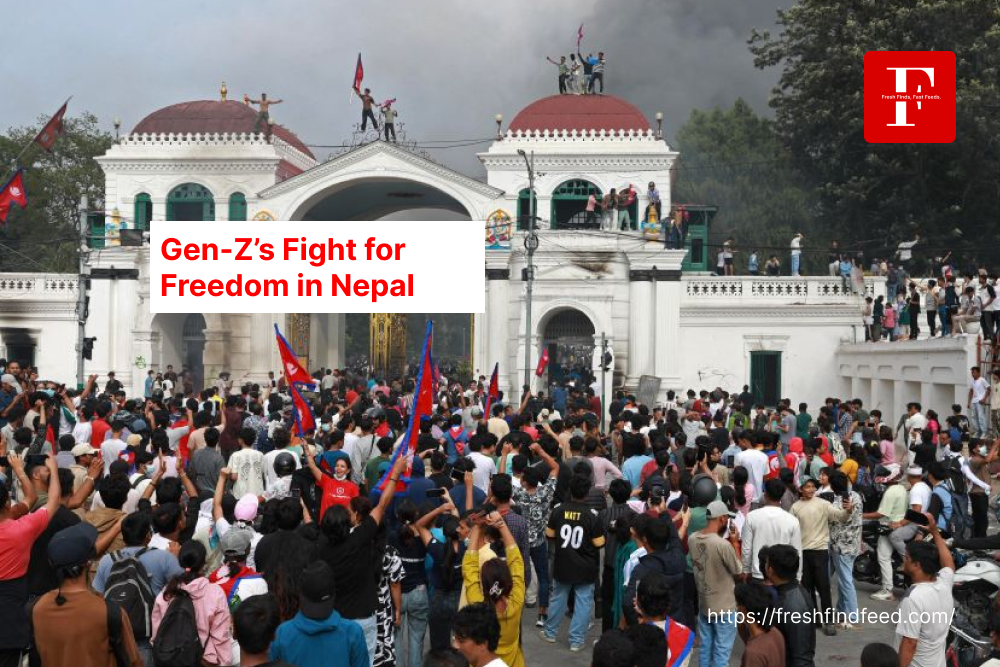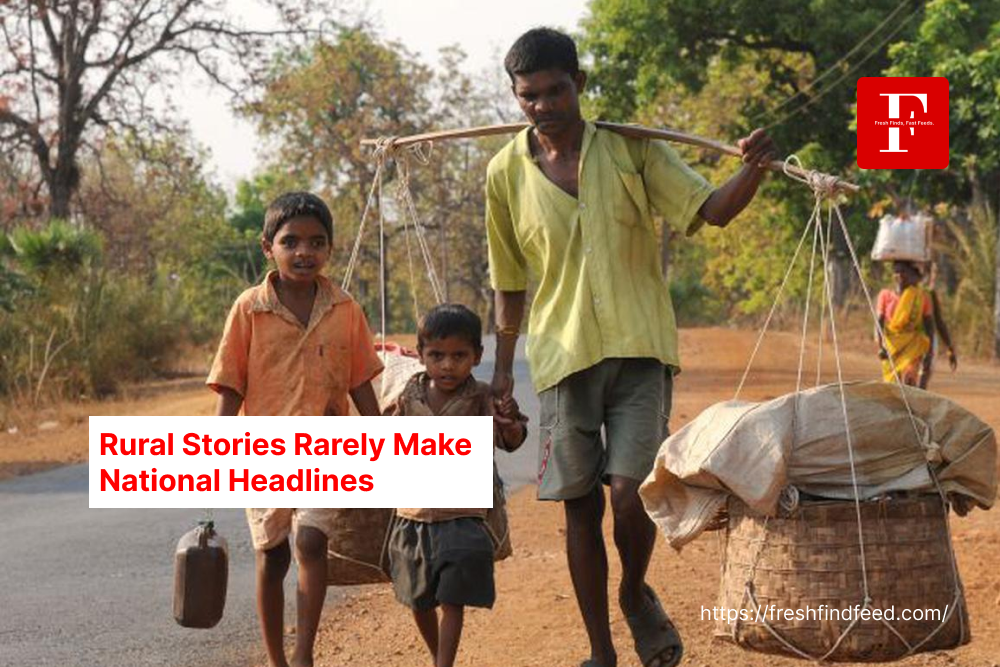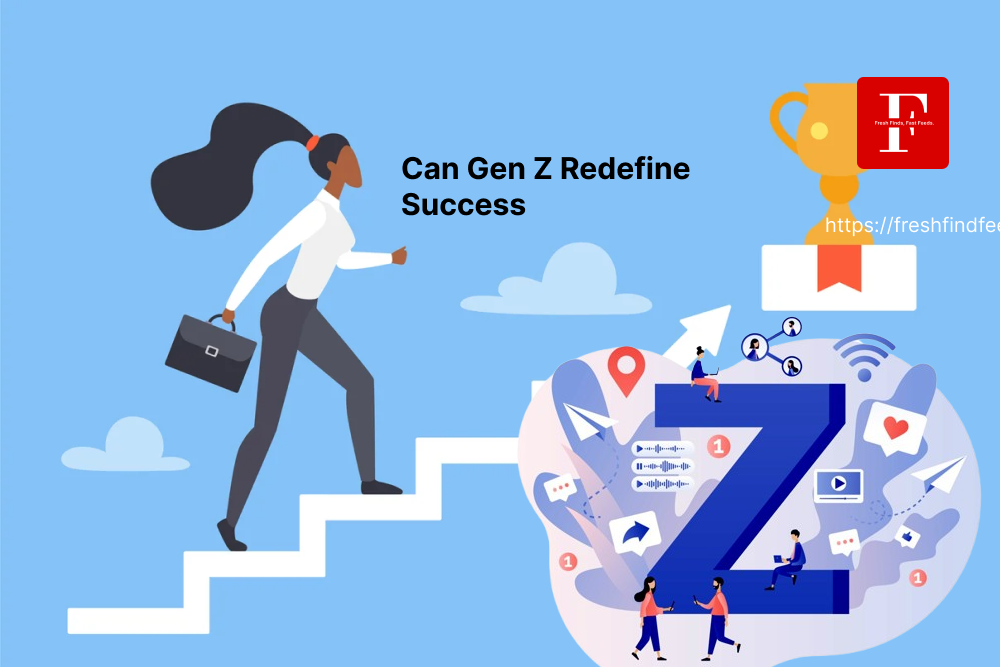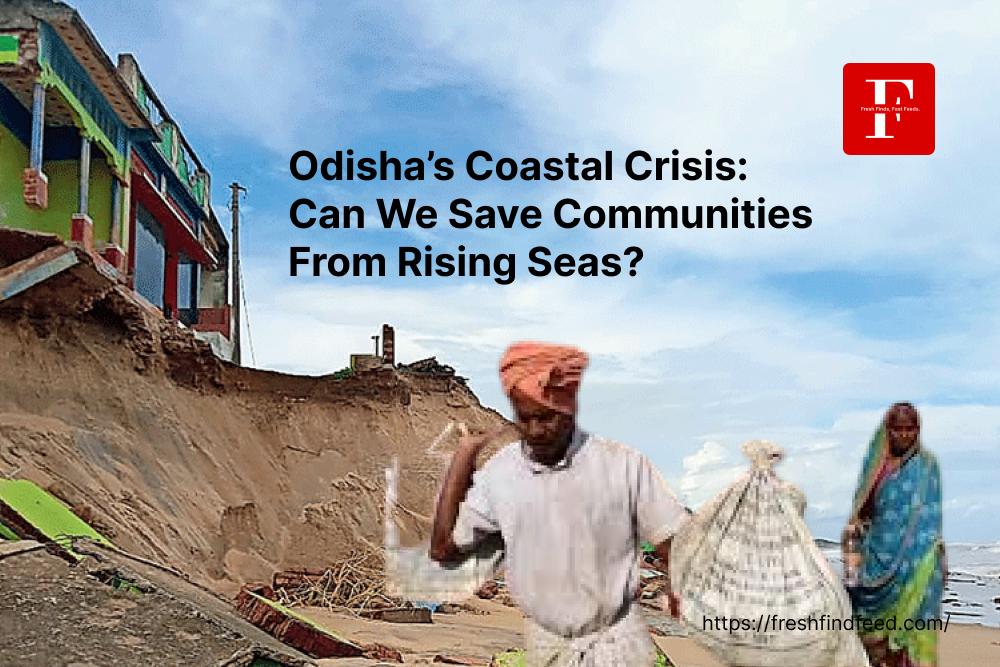The Silent Emergency of Climate Migration
Climate migration isn’t a distant scenario; it’s already here. Families are leaving coastal villages swallowed by seawater, farmers are abandoning drought-ridden lands, and urban residents are escaping cities choked by floods.
Unlike traditional migration, which often stems from war or poverty, climate migration is driven by environmental collapse. It’s the slow, creeping disaster many governments don’t want to face.
The UN estimates that by 2050, over 200 million people could be displaced by climate-related disasters. Yet, the world is still dangerously unprepared.
Rising Seas: A Global Threat
The most visible driver of climate migration is rising sea levels. Melting glaciers and warming oceans are pushing coastlines inward at alarming rates.
Areas Most at Risk:
South Asia: Bangladesh, India, and the Maldives face mass displacement as seas rise.
Pacific Islands: Nations like Tuvalu and Kiribati may literally disappear beneath the ocean.
U.S. Coastlines: Miami, New Orleans, and parts of New York face annual flood threats.
Africa: Coastal cities like Lagos and Alexandria are already witnessing tidal flooding.
Entire cultures, histories, and nations risk being erased.
Beyond the Shore: Droughts, Floods, and Fires
Climate migration isn’t just about sinking islands—it’s about unlivable lands everywhere.
Droughts: In Sub-Saharan Africa, prolonged droughts force pastoralists to abandon ancestral grazing lands.
Floods: South Asia faces annual monsoon flooding, destroying farmland and homes.
Wildfires: From California to Australia, infernos push entire communities to relocate.
Storms: Super-cyclones and hurricanes are displacing millions in coastal zones.
Climate change doesn’t just flood homes—it erodes livelihoods.
The Human Toll: Stories Behind the Numbers
Statistics can’t capture the trauma of climate migration. Behind every number is a family forced to uproot their lives.
Bangladesh: Families in the Sundarbans are fleeing inland as saltwater destroys rice paddies.
Pacific Islands: Youth are torn between leaving for survival or staying to preserve culture.
India: Farmers in Odisha and Bihar are abandoning villages devastated by floods.
United States: Indigenous tribes in Alaska are moving entire communities away from eroding shorelines.
Migration is not just a logistical crisis—it’s a human tragedy.
Why We’re Not Ready
Despite warnings, global systems remain unprepared for climate migration.
No Legal Framework: Climate migrants aren’t recognized as “refugees” under international law.
Political Resistance: Governments fear mass migration will strain economies and fuel xenophobia.
Urban Pressure: Cities absorbing migrants lack infrastructure, housing, and jobs.
Social Tensions: Migrants often face discrimination, conflict, and marginalization.
Without preparation, climate migration risks becoming one of the greatest humanitarian crises of the century.
Climate Migration in South Asia: A Case Study
South Asia is a ground zero for climate migration.
Bangladesh: Nearly 30% of its population could be displaced by 2050. Dhaka already absorbs thousands of migrants weekly.
India: Cities like Kolkata, Mumbai, and Chennai face dual pressures of sea-level rise and migrant influx.
Nepal: Melting glaciers trigger flash floods, forcing mountain communities to relocate.
Pakistan: Catastrophic floods in 2022 displaced over 30 million people—many permanently.
The region illustrates how climate migration is both a rural and urban crisis.
The Economic Dimension
Climate migration isn’t just humanitarian—it’s economic.
Lost Livelihoods: Farmers, fishermen, and artisans lose generational incomes.
Urban Strain: Migrants often end up in informal settlements with scarce opportunities.
Global Supply Chains: Agricultural disruption affects food prices worldwide.
Insurance Collapse: Rising disasters threaten financial systems reliant on stability.
Climate migration could reshape global economics in ways policymakers aren’t ready to face.
Cultural Loss: When Homes Disappear Forever
Migration doesn’t just mean losing land—it means losing culture.
Languages: Pacific island languages may disappear as communities scatter.
Sacred Lands: Indigenous groups lose ancestral ties when forced inland.
Identity Crisis: Being a “climate refugee” reshapes how communities see themselves.
For many, leaving home means losing not just a place, but a way of life.
Youth on the Frontlines
Young people are emerging as both the most affected and the most active voices.
Pacific Youth Activists: Campaigning at the UN to recognize climate migration.
South Asian Youth Movements: Demanding climate justice and sustainable policies.
Global Strikes: Inspired by Greta Thunberg, millions march demanding action.
For Gen Z and Millennials in vulnerable regions, climate migration isn’t abstract—it’s personal.
What Needs to Be Done
To prepare for the inevitable, action must be taken now:
1. Recognize Climate Migrants
Update refugee definitions to include those displaced by climate disasters.
2. Strengthen Urban Planning
Cities must expand housing, jobs, and infrastructure for incoming migrants.
3. Invest in Adaptation
Flood defenses, drought-resistant crops, and renewable energy can reduce forced migration.
4. Global Funding
Wealthy nations must fund relocation and resilience in vulnerable countries.
5. Community-Led Solutions
Empower affected communities to shape their migration strategies with dignity.
Without these measures, climate migration will spiral into chaos.
Is Migration Always Negative?
While tragic, some see climate migration as an opportunity.
Economic Renewal: Migrants can revitalize aging cities and industries.
Innovation: Displacement can drive new technologies and resilience strategies.
Global Solidarity: Migration challenges nations to rethink borders and humanity.
Handled well, migration could spark cooperation instead of conflict.
Conclusion
Rising seas and sinking futures are not distant warnings—they are today’s reality. Climate migration is already reshaping societies, economies, and cultures.
The real question is not if migration will happen, but how we choose to respond. Will we let millions suffer in silence, or will we act with foresight and compassion?
The clock is ticking—and the tide is rising.




